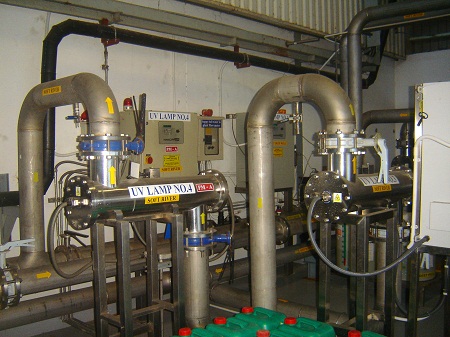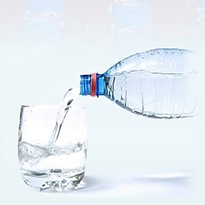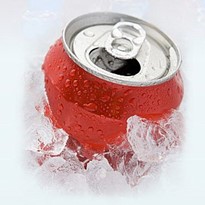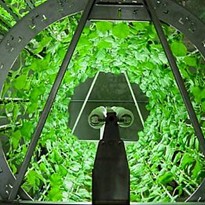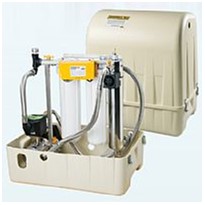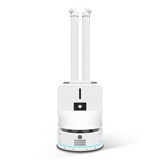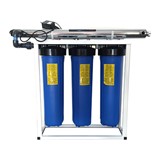The company decided to reduce high levels of chlorine dosage throughout the process because it was proving ineffective at removing all microorganisms, particularly in the rainy season. It was also producing an after-taste in the product.
Water to the plant is from two sources: city water and deep well water. The chlorine is only dosed at the raw water feed level, firstly after the clarifier for pre-chlorination and then some low concentration dosing after the softener.
"The incoming city water in particular has a high microbial contact - often as much as 20,000 cfu/ml in the rainy season. At these times, high chlorine doses of even 8ppm were still resulting in microbial concentrations over 6,000 cfu/ml. Something therefore had to be done, and that's where UV was able to help," commented Ying Xu, Hanovia's Asia-Pacific Sales Manager.
"UV, which is a non-chemical disinfection process, was brought to the attention of Dairy Plus by our local distributor. When Dairy Plus saw the advantages of our medium pressure UV systems, which effectively remove microorganisms without any problems of after-taste or re-infection, the company decided to switch from chlorine to UV as its main disinfection method," continued Xu.
Five Hanovia UV systems are installed at the plant - four duty and one standby. Two units disinfect clean-in-place (CIP) water and two are used for treating dairy mixing water. Each UV system treats up to 130m[3]/hour of water. As mentioned there are two sources of raw water being used with two feeds coming out of the city water source.
City water source: (two feeds)
Feed 1: City water > Clarifier > Sand filter > Carbon Filter > Chlorination > Storage tank
Feed 2: City water > UF Filter > Chlorination > Storage tank
Storage tank (Feed 1 combined with Feed 2) > Softener No.1 > Low Dosed Chlorination > Bag Filter > Storage tank of Softener No.1 > UV1 > UV2 > CIP (Clean-in-place)
Deep well water: (one feed)
Deep well water > Deion filter > Carbon filter > Chlorination>Storage Tank > Softener No.2 > Low Dosed Chlorination > Bag Filter > Storage Tank > UV3 > UV4 > Mixing with final product
Bacteria targeted for reduction include E. coli and many other common water-borne coliforms; the expected level of bacterial reduction is a total plate count of <50 cfu/ml.
"One of the main reasons Dairy Plus selected Hanovia in particular was down to the efforts of our local distributor, who helped resolve a number of initial complications. Our products are also recognised as offering the most advanced technology for high purity food and beverage applications like this," added Xu.
"Since our systems were installed, the customer is very satisfied with their performance, reporting that the units are running well and producing excellent disinfection results. The company is particularly impressed by the low maintenance costs, the high energy output of the systems, and the fact that the frequency of CIP procedures has been dramatically reduced, meaning less down-time of the manufacturing process," Xu concluded.


